Elton Mwangi • November 6, 2023
Can Prescription Optimization Reduce Your Business Healthcare Costs?


The short answer is yes. But how? That's the big question.
Think about it this way; where there is waste, there is loss. And when the Journal of the American Medical Association surveyed the waste caused by unnecessary healthcare spending, they discovered that healthcare and medication waste amounted to $200 billion annually.
Another study by Pacific Business Group on Health and Integrity Pharmaceutical Advisors explored the potential benefits of adopting a waste-free formulary in prescription programs. The study analyzed 71 drug groups and identified 868 wasteful drugs, representing 6 percent of the claims reviewed.
While this is saddening, identifying these wasteful drugs presents a significant opportunity for savings for self-insured employers and healthcare payers. For instance, replacing low-value drugs with more cost-effective alternatives achieves a substantial cost differential.
And from the Pacific study, the average savings per wasteful drug ranged from $180 to $2,448 annually. Without a doubt, reducing wasteful spending on medications can reduce the cost of premiums without affecting the quality of your benefits packages.
This is where optimization comes in. Let's talk about prescription optimization.
WHY PRESCRIPTION OPTIMIZATION?
A lack of adequate communication is a recurring barrier to proper employee benefits utilization. And because of it, many employees are less aware of the healthcare options available and how to utilize what is at their disposal.
Additionally, employers focus more on providing employee benefits that "make sense" instead of creating a benefits package that meets the direct needs of their employees. This mismatch results in waste, where employers spend on premiums employees do not use.
Take pharmaceutical spending as an example; it accounts for at least 25% of your employee healthcare costs. And about 28 to 40 percent of the total drug spend is on unnecessary prescription drugs.
Yet, most employees are not acutely aware of appropriate prescription medication methods. And while your broker might negotiate a significant contract with your insurance provider, there is no harm in adding a layer of protection for your bottom line.
So why prescription optimization? The strategy allows you to identify and reduce prescription drug spending that results in waste. Its primary purpose is to supplement the cost-saving measures you already have for your business and employees.
For example, most RX optimization programs have active physicians that empower policyholders with the correct information, which ensures they receive practical and effective medication at the best price.
In essence, optimization programs empower employees with suitable data to ensure they adhere to prescriptions with better health outcomes. The butterfly effect is:
- Healthier policyholders, which reduces further healthcare costs down the line
- A reduction in wasteful spending that automatically results in costs savings
- The return on investment in prescription optimization programs is higher than the cost of implementing said programs
And to sum it up, prescription optimization programs are like API's. They work well with your already set healthcare systems without causing disruptions. They complement what is already there and then help you reduce your healthcare costs.
Prescription optimization is especially valuable for self-insured employers looking to lower their healthcare expenses while maintaining the quality of care provided to their employees.
HOW DOES IT WORK?
You can use tactics like promoting generic drugs, exploring alternative medication options, negotiating favorable terms with pharmaceutical manufacturers, and encouraging medication adherence to identify missed savings opportunities.
The basic principle behind it is to analyze medication utilization patterns and negotiate and leverage cost-saving opportunities. Keep in mind that prescription optimization also prevents the use of inappropriate medications.
Through formulary and medication therapy management programs, employers can ensure that members receive the most appropriate and cost-effective drugs for their medical conditions, reducing the risk of adverse effects and ineffective treatment.
For example, one key aspect of an Rx optimization program is working with pharmacy benefit managers (PBMs). These professionals specialize in managing prescription drug benefits and can negotiate with pharmaceutical manufacturers to secure better pricing and rebates.
By leveraging the expertise of PBMs, employers can reduce prescription drug costs without compromising on the quality of care provided to their employees. That is, high-cost specialty drugs could be replaced with more affordable alternatives and achieve significant cost savings without compromising the quality of care for its members.
And because an Rx optimization program focuses on addressing chronic conditions, which are often associated with higher healthcare costs, using alternative medications and generic substitutions significantly lowers prescription drug expenses for employers.
THE WAY TO BE SUCCESSFUL WITH YOUR PRESCRIPTION OPTIMIZATION PROGRAM IS THROUGH:
- Engaging employees with information about the program's benefits, safety, and efficacy. Through educational resources and communication platforms such as emails, newsletters, and online portals, employers can effectively communicate the value and appropriateness of the program. This helps alleviate concerns and build trust, increasing participation and adherence.
- Enhancing program participation and adherence by implementing proactive outreach strategies. Regularly sending reminders and notifications, such as refill reminders or prescription cost-saving tips, can help employees stay on track with their medications. Personalized support, such as one-on-one consultations with pharmacists or care managers, can further encourage adherence to recommended drug therapies.
- Regularly reviewing and updating the drug formulary based on clinical evidence, cost-effectiveness, and patient outcomes to promote the use of lower-priced medications without compromising the quality of care. Additionally, incentivizing recommended drugs through lower copayments or other financial and employee benefits perks encourages employees to choose more cost-effective options.
These strategies can reduce prescription costs and promote a more balanced pharmaceutical market.
CONCLUSION
Amidst the unsettling news about insurance claims issues and ever-rising premiums that have got you worrying about your bottom line, we're working harder on the back end to find alternative coverage options that save on costs without compromising the quality of your business and employee healthcare protection.
So if you've been wondering what an insurance broker can do about these soaring premiums, besides finding coverage alternatives that save on cost (ultimately keeping you from reducing your health plan benefits), we can offer additional protection strategies that optimize your health plans. This is where prescription optimization comes in.
Our recommendations for reducing employer costs with prescription optimization include employee engagement through education and communication platforms, proactive outreach and timely reminders, and prioritizing formulary changes.
These recommendations provide employers with practical strategies to reduce costs associated with prescription drugs while ensuring the health and well-being of their employees.
By optimizing prescriptions, you, as the employer, can lower your healthcare costs, improve patient outcomes, and reduce the financial burden on your employees and organization. So, if you need help managing your premium costs, talk to Zupnick & Associates.


